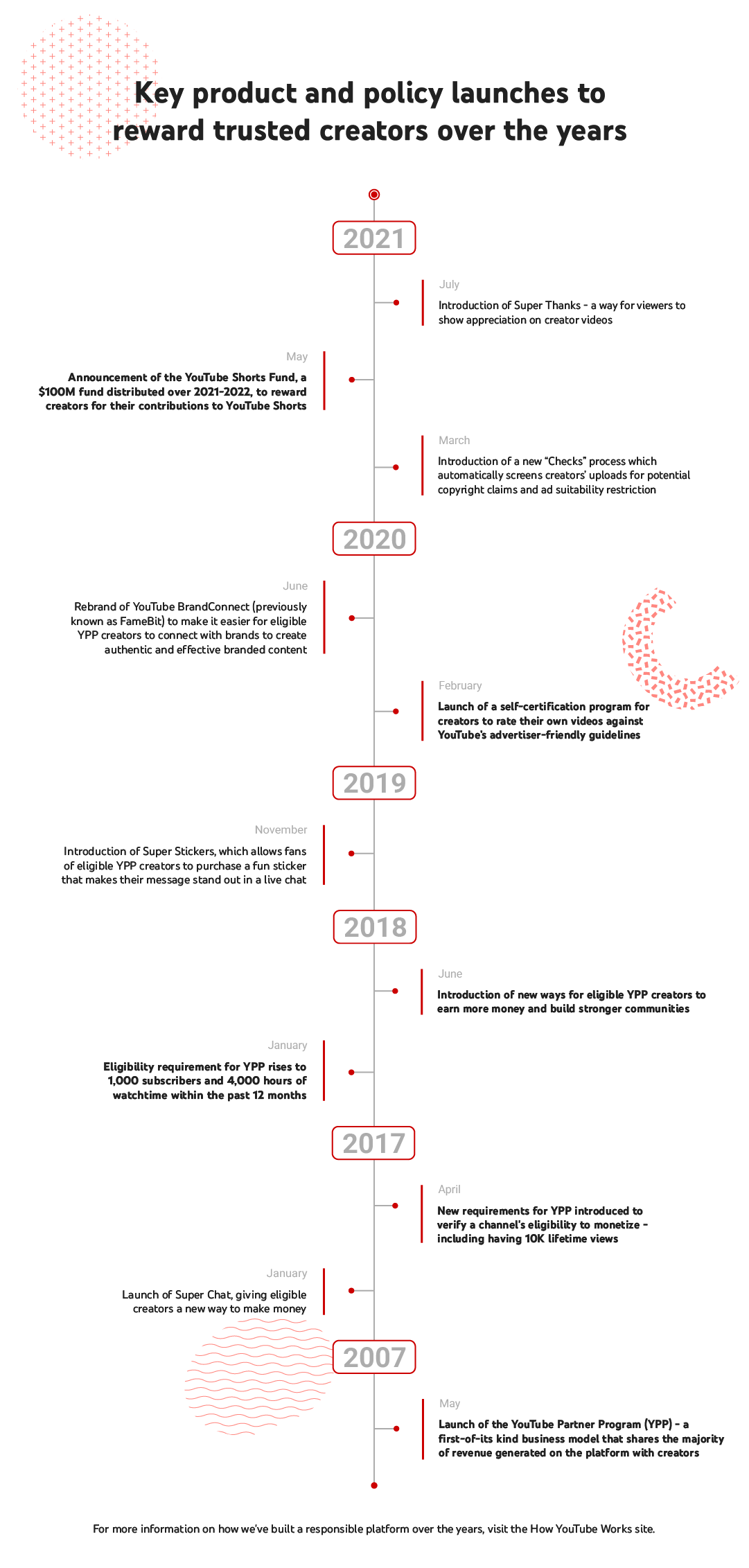On the first-ever National Day for Truth and Reconciliation (NDT&R), we invite all Canadians to honour residential school survivors and reflect on the lasting impact of the residential school system on Indigenous Peoples. Since 2013, September 30 has been known as Orange Shirt Day, in recognition of the harm and tragedies of the residential school system. In June 2021, the federal government passed legislation to mark September 30 as NDT&R. Read on to learn about NDT&R’s origins, how you can observe the day, and what special programming APTN and the National Centre for Truth and Reconciliation (NCTR) will be sharing during the inaugural holiday.
What is Orange Shirt Day?
Since 2013, September 30 has been recognized as Orange Shirt Day. This annual movement opens the door to a global conversation about residential schools in Canada.
Phyllis Webstad recounted her first day attending St. Joseph Mission Residential School at six years old. Webstad described how all of her clothes were taken from her upon arrival, including the orange shirt her grandmother had recently gifted her. Today, the orange shirt represents the Indigenous identities stolen from the children forced into residential schools. In light of the recovery of more than 1,300 unmarked graves on the grounds of former residential schools just this year, it is a day to reflect on the tragic legacy these schools have left behind.
What is NDT&R?
September 30 marks the first National Day for Truth and Reconciliation. As part of the Canadian government’s commitment to reconciliation, legislation was passed to make NDT&R a federal holiday. This is not just any holiday, but a day for doing the work of reconciliation and honouring Indigenous Peoples. NDT&R responds to the Truth and Reconciliation Commission’s (TRC) Call to Action 80. The TRC’s Calls to Action are not political. Rather, they were developed so that all Canadians can walk together on a shared path towards reconciliation.
As a federal holiday, NDT&R applies to federal public sector employees, federally-regulated private sector workplaces and most federal crown corporations. British Columbia, Manitoba, Nova Scotia, Prince Edward Island, Newfoundland and Labrador, Yukon and the Northwest Territories have also recognized September 30 as a statutory holiday.
NDT&R is also part of Truth and Reconciliation Week, a week of educational programming hosted by the NCTR. The NCTR derives its mandate from the TRC's Calls to Action and is a place for dialogue and learning, where the truths of residential school survivors are kept for future generations. The NCTR’s mandate is to build a foundation for reconciliation through public education about the residential school system and Canada’s long legacy of colonialism and violence.
How Can I Observe NDT&R?
There are many ways to participate in this day of remembrance and reconciliation. Allies are encouraged to wear an orange shirt in solidarity with Indigenous communities, but that alone is not enough.
Here are some other meaningful actions you can take today and going forward:
- Read books by Indigenous writers. Here are some of our favourites among many: Seven Fallen Feathers by Tanya Talaga, The Marrow Thieves by Cherie Dimaline, Jonny Appleseed by Joshua Whitehead, Braiding Sweetgrass by Robin Wall Kimmerer, Heart Berries by Terese Marie Mailhot, A Mind Spread Out on the Ground by Alicia Elliott, There There by Tommy Orange, and Katherena Vermette’s highly-anticipated new novel, The Strangers.
- Attend a public lecture on Indigenous history.
- Make an “Every Child Matters” sign to display at home.
- Participate in a memorial walk or attend an event hosted by Indigenous community members.
- Donate to the National Centre for Truth and Reconciliation and the Indian Residential School Survivors Society.
- Review the Truth and Reconciliation Commission’s 94 Calls to Action and commit to at least one.
- Tune in to Indigenous programming. APTN has an incredible lineup of programs airing from September 30 — October 1, which is sure to educate and inspire.
- Watch sessions from NCTR’s Truth and Reconciliation Week, featuring survivors, children of survivors, Elders, Knowledge Keepers, artists and leaders from many nations and cultures.
- Watch theNational Truth and Reconciliation Day special broadcast from APTN, CBC and the NCTR at 8 pm ET (9 p.m. AT, 9:30 p.m. NT).
- Learn about the history of the residential school system and its ongoing consequences via APTN’s informative articles on the topic, available here.
Please take a moment to honour the survivors and communities who have so courageously shared their stories. Observe a minute of silence, put out a small pair of shoes or light a candle for the children who never made it home. What matters is that you do it with intention.



